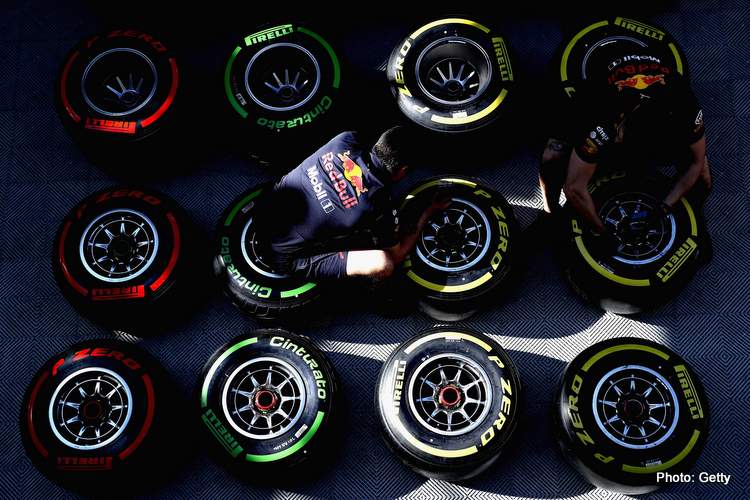The Belgian Grand Prix unequivocally highlighted a pressing issue within Formula 1: the urgent necessity to terminate Pirelli’s longstanding monopoly as the sole tyre manufacturer. This one-brand scenario has far surpassed its utility, becoming a direct antithesis to the very essence of F1 racing – pure, relentless competition at the pinnacle of motorsport. The lack of a true tyre war fundamentally undermines the sport’s competitive spirit, leaving fans and teams yearning for innovation.
The core problem, which starkly contradicts the authentic ethos of Formula 1, namely intense competition, has plagued the sport for many years. The current one-make tyre format is inherently flawed. Without rivals to outperform, Pirelli monopoly has no compelling incentive to innovate or push technological boundaries. Their position offers little to lose and, arguably, nothing substantial left to gain, leading to stagnant motorsport innovation that directly impacts the quality of racing.
Whether the current supplier pays for its presence or receives incentives, the underlying structure remains opaque, and the outcome is unequivocally clear: tyre development is languishing, and the racing experience suffers as a direct consequence. Formula 1 is globally recognized as the zenith of motorsport engineering and performance; therefore, restricting a crucial component like tyres to a single provider seems counterintuitive to its foundational principles.
The often-cited excuse that tyre competition would be prohibitively expensive does not withstand scrutiny. On the contrary, introducing multiple tyre manufacturers would foster natural competition, spurring the development of superior technology and, crucially, significantly enhancing wet-weather performance – an area where Pirelli’s current offering has conspicuously failed to deliver. This competitive environment would ultimately benefit all stakeholders.
Of all the components on an F1 car, tyres hold the most direct relevance to road car technology, presenting a unique opportunity for motorsport innovation. This aspect alone should transform tyres into a vibrant playground for advanced research and development, with leading companies eager to display their prowess under the most extreme conditions. Instead, Formula 1 has regrettably closed its doors to industry giants such as Goodyear, Michelin, and Hankook.
These prominent companies are not only ready but also eager to re-engage in the sport. Their collective involvement could effectively alleviate Formula 1’s restrictive testing limitations by funding additional track days, a stark contrast to the singular efforts seen in the past. The era of ‘saving’ money at the expense of genuine competition and sport integrity, often associated with past regimes, is thankfully behind us, paving the way for a more open and dynamic approach.
The solution is straightforward. The FIA should establish clear and concise technical regulations defining parameters such as weight, size, and construction for the tyres. Following this, the field should be opened to multiple suppliers. Just as the sport successfully manages four or five engine manufacturers, it could readily accommodate at least two or three F1 tyre suppliers. The foundational framework for this multi-supplier model already exists; what remains conspicuously absent is the collective will to implement it.
At Spa-Francorchamps, the glaring weaknesses of Pirelli’s wet tyres were painfully evident, underscoring the necessity for a tyre war to propel performance. In a truly competitive environment, no manufacturer would risk producing such a subpar product, as they would be relentlessly compelled to improve by rivals poised to claim their market share. This inherent competitive pressure is precisely how genuine motorsport innovation thrives and delivers tangible advancements.
While some continue to cling to the flawed cost-cutting justification in a sport where extravagance is often a hallmark of prestige, a robust argument exists that incorporating three or four F1 tyre suppliers could paradoxically be less expensive in the long run and offer greater benefits to the competing teams. It is unequivocally time for Formula 1 to cease the pretense that this monopoly serves the sport’s best interests. It does not—not for the teams, not for the fans, not for the integrity of the racing, and ironically, not even for Pirelli itself. The sport desperately needs the tyre war to return.





Leave a Reply